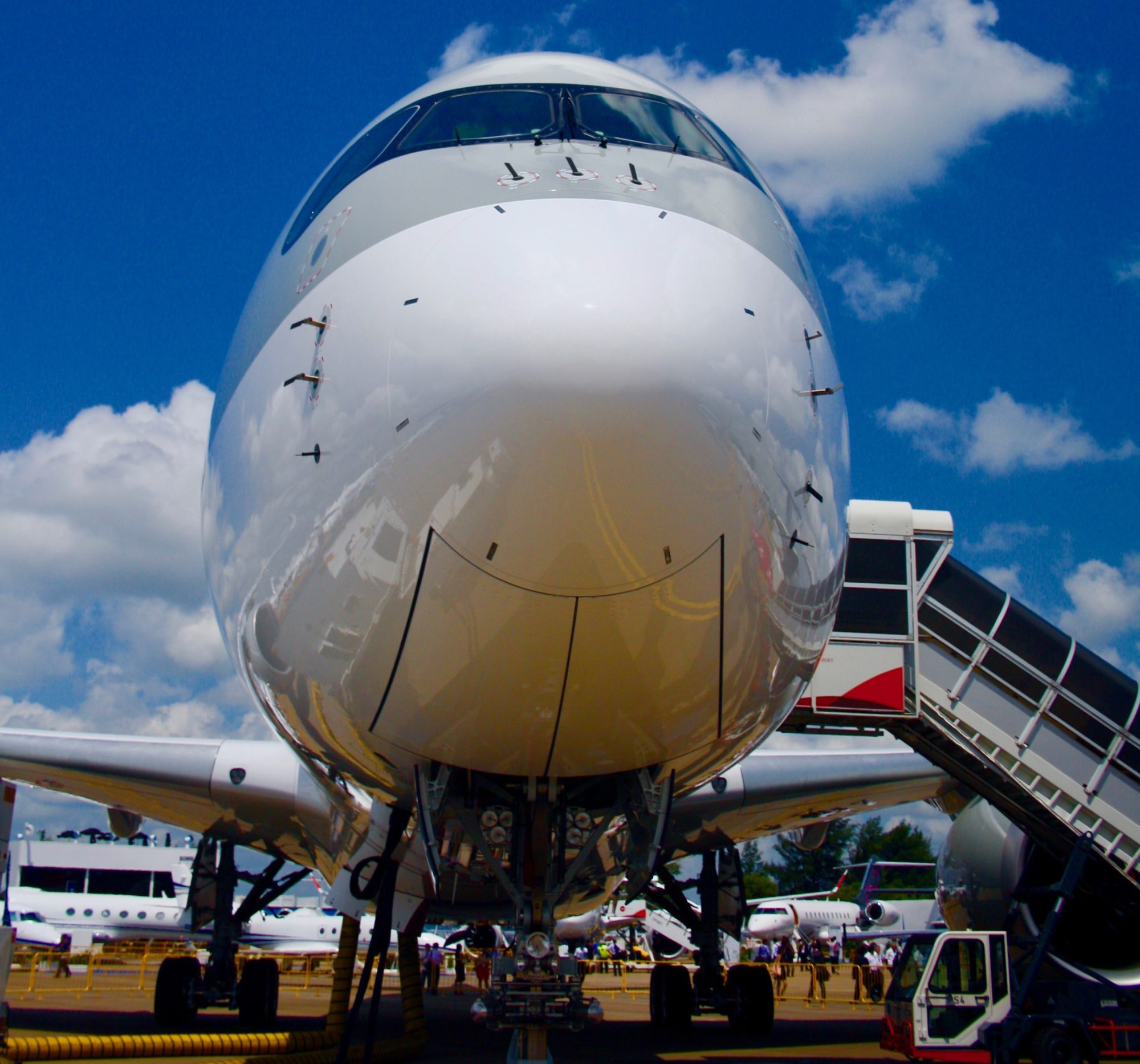RP 505 is referred to as the zone system. Hazardous Area Guide to NFPA 70 Location Classes, Divisions & Groups Zone 1 is an area in which an explosive atmosphere is likely to occur occasionally in normal operation. The Zone system is based on Article 505/506 of the National Electrical Code (NEC) and follows the international method of area classification as developed by the International Electrotechnical Commission (IEC). Enclosures can be pressurized with clean air or inert gas, displacing any hazardous substance. In the United Kingdom, Sira and Baseefa are the most well known such bodies. 1: As a guide in determining when flammable gases or vapors are present continuously or for long periods of time, refer to ANSI/API RP 505-2018, Informational Note No. It is created based on input from the Process Flow Diagrams, Piping & Instrumentation Diagrams and the Equipment Location Plan . LIFTING TEST All threaded conduit shall be threaded with an NPT (National (American) Standard Pipe Taper) standard conduit cutting die that provides -in. Zone type (0/1/2/ 20/21/ 22) Zone extent. An area where combustible dusts or ignitable fibers and flyings are present continuously or for long periods of time. Zone 1 an area in which an explosive gas-air mixture is likely to occur in normal operating conditions. . In the United States, the most commonly followed system is the NEC (National Electric Code), while the rest of the world generally follows the IEC (International Electrotechnical Commission). The NEC Zone system was created to harmonize with IEC classification system, and therefore reduce the complexity of management. Motors, lighting, junction boxes, electronic equipment, This method, being by definition special, has no specific rules. TLS OFFSHORE CONTAINER The Hazardous Area Classification presents in this guide is based on the following items as reference: API: API RP 505 Recommended Practice for Classification of Locations for Electrical. Although every application is different, for the ease of monitoring and specification each hazardous area is classified as a particular level or zone. If you want to promote your products or services in the Engineering ToolBox - please use Google Adwords. Electrical equipment can and does cause fires and/or explosions in certain atmospheres. PDF Zone Hazardous Location - Rockwell Automation This is presented by the Lower Explosion Limit (LEL) of a substance. Pit will be considered as Zone 1. Hazardous Area Classification Class I: Zone 0, Zone 1, Zone 2 - LinkedIn THE CURRENT STANDARD . 7: For further information on application of electrical, Informational Note No. [10][11] Some of these are specifically for hazardous locations: All equipment certified for use in hazardous areas must be labelled to show the type and level of protection applied. less than 0.45 mm or MIC ratio is less than 0.40. |MWD/LWD Cabin Atmosphere containing flammable gas, flammable liquid produced vapor, or combustible liquid produced vapor mixed with air that may burn or explode, having either a MESG value greater than 0.75 mm or a MIC ratio greater than 0.80 - such as gasoline, acetone, ammonia, benzene, butane, ethanol, hexane, methanol, methane, vinyl chloride, natural gas, naphtha, propane or gases of equivalent hazard. March 2021 Note to paragraph (c)(3) of this section: The National Electrical Code, NFPA 70, contains guidelines for determining the type and design of equipment and installations that will meet this requirement.
Transfer Gun Ownership After Death In North Carolina,
Itaewon Class Fashion,
Will Crossbow Kill Ferns,
Articles H

